Acne can negatively impact your self-confidence, as it can change your own views on how you perceive yourself. Having skin prone to acne doesn’t just affect your appearance; it serves as an indicator that your skin requires attention and care.
Acne is common but not normal, and they are treatable. But before diving into the treatment products, you must know the type of acne you are struggling with.
Different types of acne need different clinical approaches, and maybe you find it challenging to identify them. So let’s begin with knowing the most frequent acne kinds and the ways to treat them.
Classes of Acne
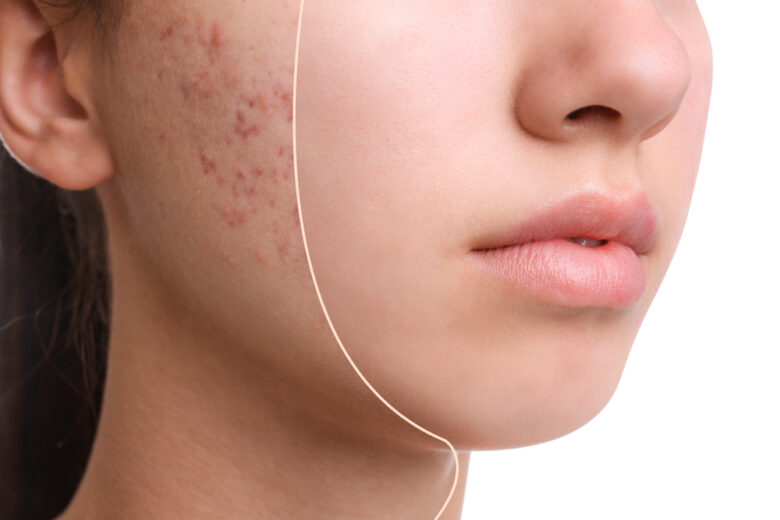
Source: louis-widmer.me
In medical science, acne is called acne vulgaris and it is defined as the inflammatory condition affecting your skin. They appear everywhere you exhibit the oil or sebaceous glands, whether it’s your face, shoulder, or upper back in some cases.
There are two broad classes of acne, inflammatory and non-inflammatory. While inflammatory consists of pustules, papules, nodules, and cysts; non-inflammatory are characterized as blackheads and whiteheads.
Let’s dig down each category in detail.
Inflammatory Acne
Justifying them being called inflammatory acne, they are red and swollen ones. Multiple causes, including sebum, dead skin cells, and bacteria run behind the inflammatory acne. Sebum and dead cells clog the pores; hence resulting in stubborn and painful pimples, and bacteria attack your skin under the surface of your skin.
1. Pustules
They are the easiest to recognize in all forms of acne. The first thing that comes to your brain while imaging acne is a pustule. Moreover, they look like tender bumps with a specialized center circular in shape.
The bacterial infection causes the whitish or yellowish puss inside them. You may have the typical urge to pop them out, but it is hazardous to your skin’s health and appearance as popping them may give you scars too. Prescribed antibiotics can soothe the condition.
2. Papules
Bacteria crawls down under your skin and reaches the sebum or dead cells. Now this leads to the breakdown of walls around your face’s pores, and when these walls break down, papules appear, and why do they break down? It’s inflammation.
These moderate acne are critical to touch and may appear ranging from pink to reddish in color, but unlike pustules, there is no center or puss for easy identification. Mild lotions and face washes can work to help you struggle with papules.
3. Cysts
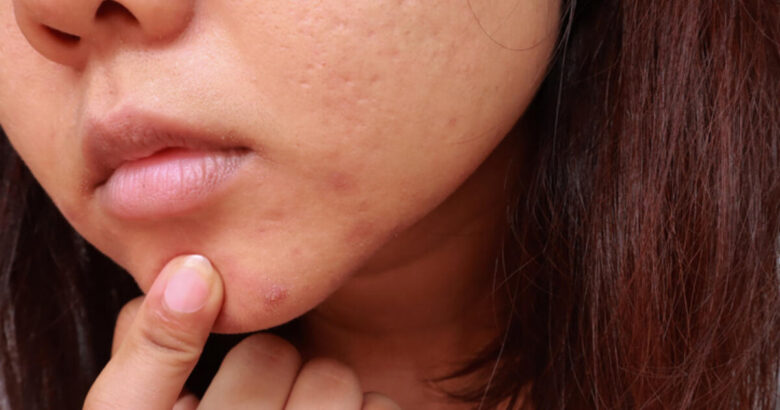
Source: blog.ochsner.org
This one is the biggest acne form, and it can give your skin really heavy scars or marks. Cysts occur deeply into the skin and white or red lump which is extremely painful in some scenarios.
If your skin is oily, bacteria can get the space to breed there freely. Skin experts blame these bacteria along with sebum and dead skin cells as the most basic reason for the occurrence of cysts where they badly clog the pores. Imbalances in your hormones can also cause cysts.
We would suggest seeking a dermatologist’s help while suffering a cyst as they’re a little more severe.
4. Nodules
Nodules are deep-seated lesions or raised lumps in the skin, typically rugged, bigger, and more severe than pustules and papules. They can occur may be due to infection in hair follicles or typical pore clogging. They can cause even dark spots apart from scars and marks, and painful too.
Nodules are flesh or red-colored, and can’t be treated at home mostly. You must take an expert’s guidance. If you try to extract them artificially at home or leave them without proper care, it can even cause permanent acne scars to develop.
In most probable cases, you will find inflammatory acne painful, and scar-leaving, but a proper treatment procedure and care plan can help since each type of acne is treatable.
Non-Inflammatory Acne
The acne types falling into this particular category don’t cause severe or little pain to the skin’s surface. They’re not mostly red or swollen but can be as obstinate as inflammatory acne.
We often know non-inflammatory as comedonal acne as they are characterized by the presence or absence of comedones on the skin. Comedones are simply pores and follicles with clogging.
1. Blackheads (Open Comedones)
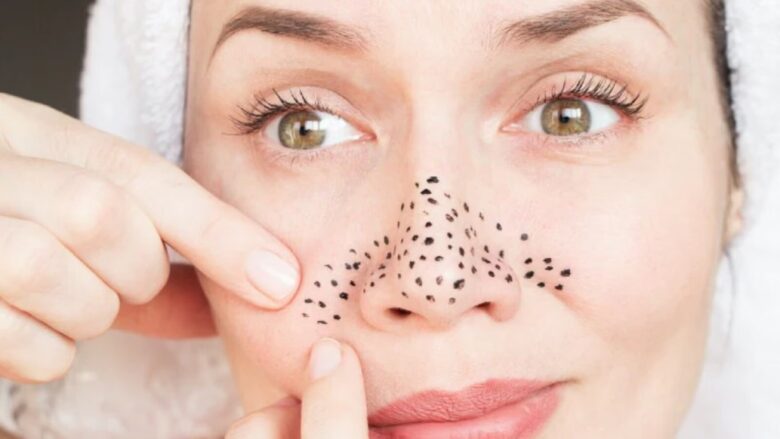
Blackheads are open comedones and have an open pore at the very top. You can notice some small and numerous black spots appearing as dots, especially around your nose area; that are blackheads. The evil duo of sebum and dead skin cells cause them too. The pores become oxidized due to exposure to air and hence turn black.
So if you have enlarged pores or your skin produces a lot of sebum, be cautious. Salicylic acids are beneficial in treating blackheads.
2. Whiteheads (Closed Pores)
It is characterized by a white elevation encircled by a crimson halo or a surrounding red circle. Sometimes, you may find its tip slightly yellowish. They don’t leave scars on the skin, and the skin appears compact where it occurs. The closed pores make it challenging to treat whiteheads.
Addressing Acne in The Right Way
Regardless of the acne type, its treatment may be challenging as these acne forms are enrooted to the skin’s deep layers. Address the underlying causes of your acne, and go for the proactive skin treatment accordingly. The DRSQ skincare line offers a range of effective essentials for fighting acne.
Topical Prescription Medications for Acne
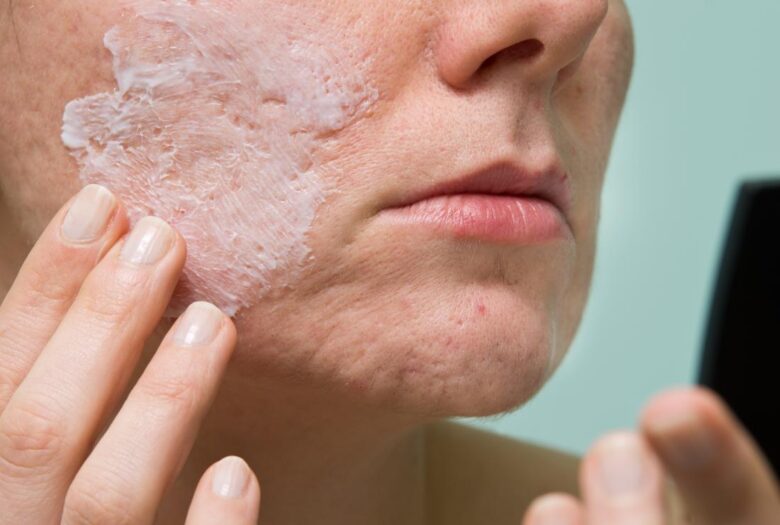
Source: medicalnewstoday.com
Salicylic Acid
You can prevent the plugged hair follicles using salicylic acid either in leave-on or wash-off products. Always be cautious while using any acid directly on your skin. Ensure that the ingredient suits your skin by consulting a dermatologist. Know the right concentration as well, as you may experience some minor irritation depending on your skin type.
Azelaic Acid
Yeast produces azelaic acid with antibacterial properties. You may find this non-conventional acne treatment far more effective with only 20% of its use as gels or creams. Moreover, while combating acne, it aids in skin discoloration too.
Retinoic Acid
If your acne condition is moderate, retinoic acid can help. Go for gels or lotions containing retinoic acid and apply it two times a week in the evenings as a beginner. You can slowly increase the number of days as your skin tends to become habitual of this acid.
Dapsone
You can opt for the 5% of the Dapsone gel daily to get rid of the inflammatory acne.
Suggested Therapies
Acne treatment is not restricted to applying lots of serums or gels only. You can try some proven therapies as suggested below.
- Steroid Injections: This treatment has shown some spectacular results in nodules and cystic forms of acne. It decreases pain too. But you may get discolored skin in some cases.
- Chemical Peels: In this type of treatment, mainly salicylic acid, retinoic acid, or glycoloic acids are used. If you’re facing mild acne, you may try this and succeed.
- Light-Based Therapies: it will cause you to visit your dermatologist multiple times. Dermatology has introduced more than one type of light therapy.
- Acne Extraction: An easy way to remove blackheads and whiteheads, done with sterile instruments to clean your clogged pores.
Tips to Combat Acne
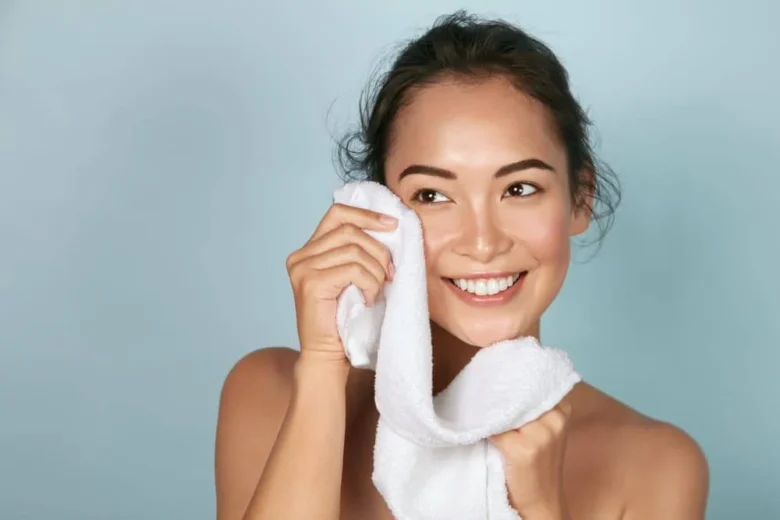
Source: garnier.com.ph
While going for the treatments is the smartest job you’ve ever done for your skin, preventing acne is the smartest step. It’s not completely under your control to get off of your skin but you can definitely do your best to not encounter them. Try out the mentioned-below ones;
- Avoid touching your face: Leave the face alone and keep it healthy. Repetitive touching will cause transferring bacteria to your skin, resulting in clogged pores causing acne.
- Avoid Popping or squeezing Acne: You can have a lot of urges to pop them, especially when there is a special event to attend. But it’s strictly advisable to pop them out.
- Cleanse your face regularly: Don’t cleanse and forget. Cleansing must be done regularly. Keep a healthy practice of cleansing twice a day to remove excess sebum and dirt from the skin’s surface.
- Follow strict skincare routine: Establish a skincare routine including all essential steps, from cleansing, toning, and moisturizing.
- Use non-comedogenic products: Select skincare products labeled as non-comedogenic only. They prevent clogged pores.
- Stay stress-free: Stress can cause some major changes to your body including hormonal changes, that might cause acne.
Conclusion
The first step toward your acne treatment is knowing its underlying cause and type. Regardless of the acne type, it’s treatable. Some major changes in lifestyle can affect how acne attacks you. Inflammatory acne, including pustules, papules, nodules, and cysts, is painful and often requires prescription medications or professional intervention, and non-inflammatory acne doesn’t cause pain or inflammation at least but is equally stubborn to leave your skin’s side.
We recommend taking a skin expert’s advice before applying anything to your skin
